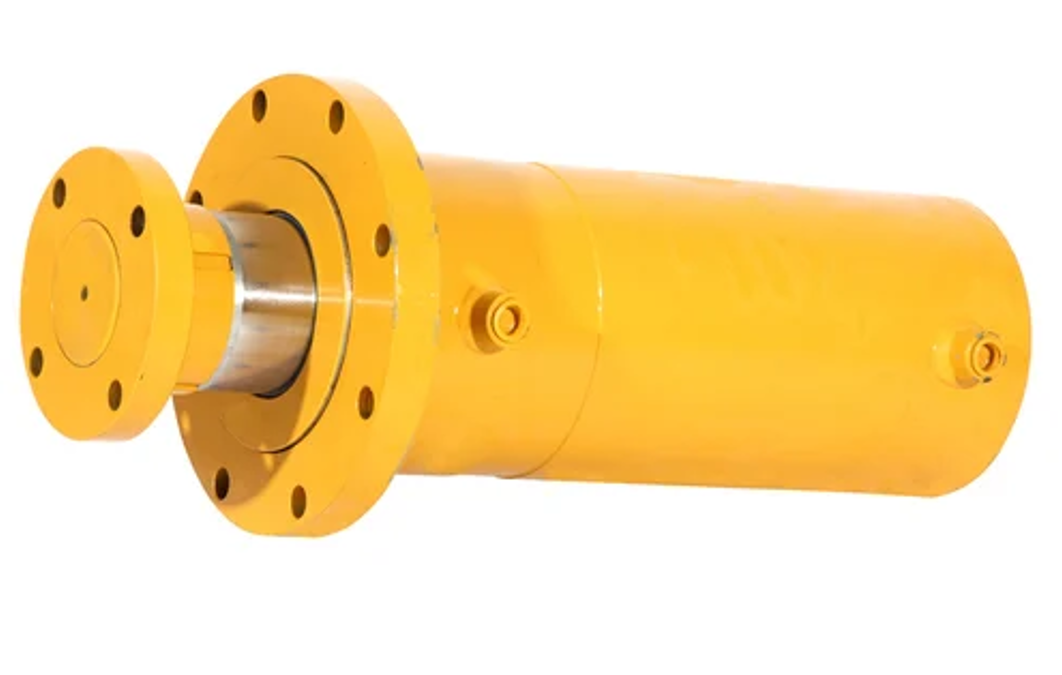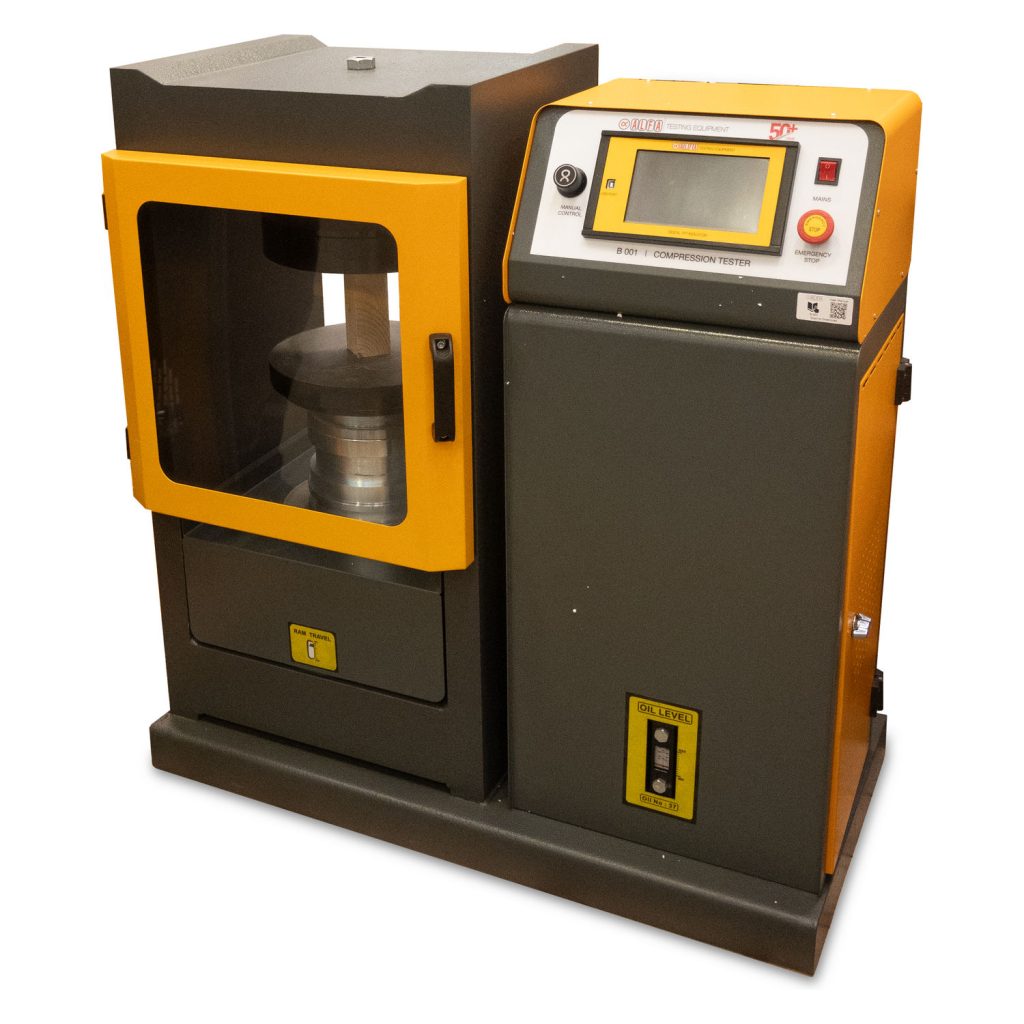In hydraulic systems, the relationship between the piston diameter and the force (or capacity) of a machine is crucial for understanding its performance. The force exerted by a piston depends on the hydraulic pressure applied and the piston’s cross-sectional area. This principle is fundamental in testing machines, presses, and other hydraulic equipment.
This page will help you understand the relation between piston size and machine capacity, providing practical examples and an online calculator for easy conversion.
Formula for Calculating Machine Capacity
The force generated by a hydraulic piston can be determined using the following formula:
Example Calculations
Example 1: Converting Piston Diameter to Capacity
Given:
Working Pressure (P) = 400 bar
Piston Diameter (D) = 100 mm
Solution:
So, a 100 mm piston operating at 400 bar can generate approximately 314 kN.
Example 2: Finding Required Piston Diameter for a Given Capacity
Given:
Working Pressure (P) = 400 bar
Desired Capacity (F) = 500 kN
Solution:
So, a piston with approximately 126 mm diameter is required to generate 500 kN at 400 bar.
Online Calculator
To simplify the process, use the calculator below to convert between piston diameter and machine capacity under a preset working pressure of 400 bar. Enter either the piston diameter or desired capacity, and the calculator will determine the corresponding value.
This tool helps engineers, technicians, and machine operators quickly determine the necessary piston size for specific force requirements.


